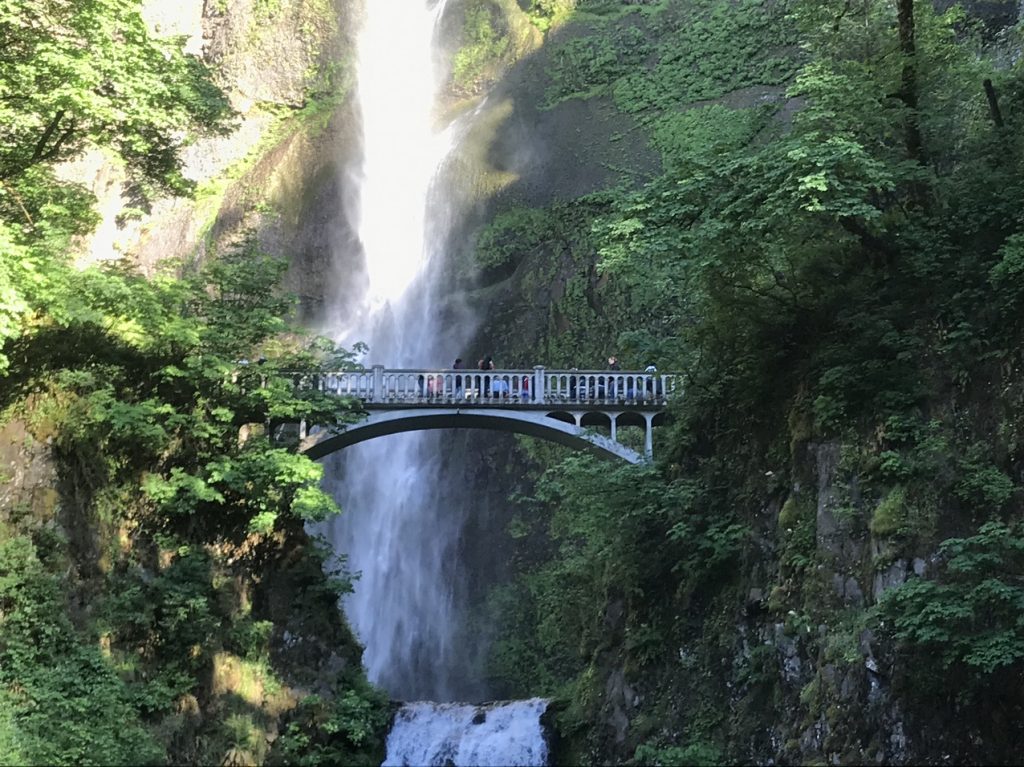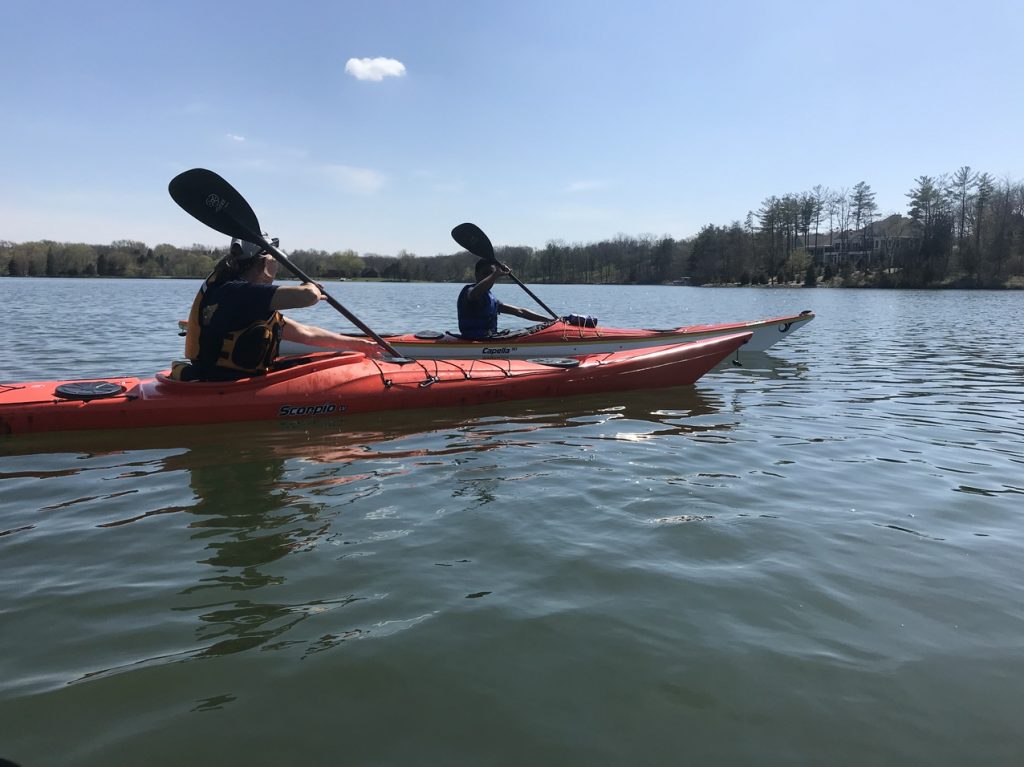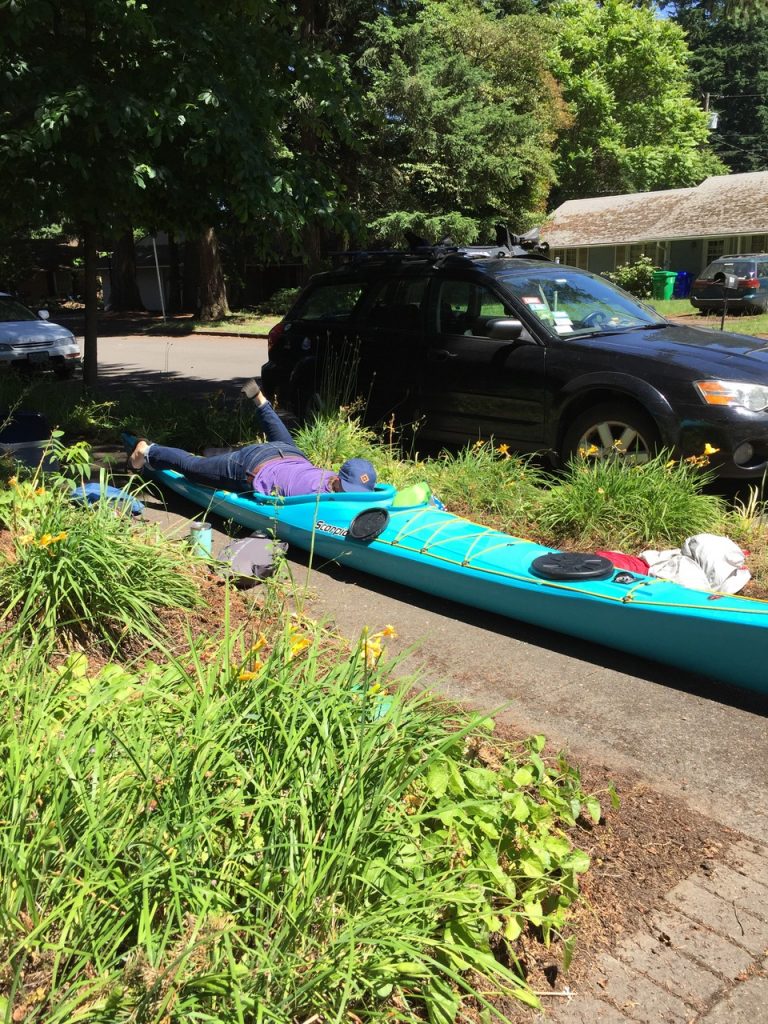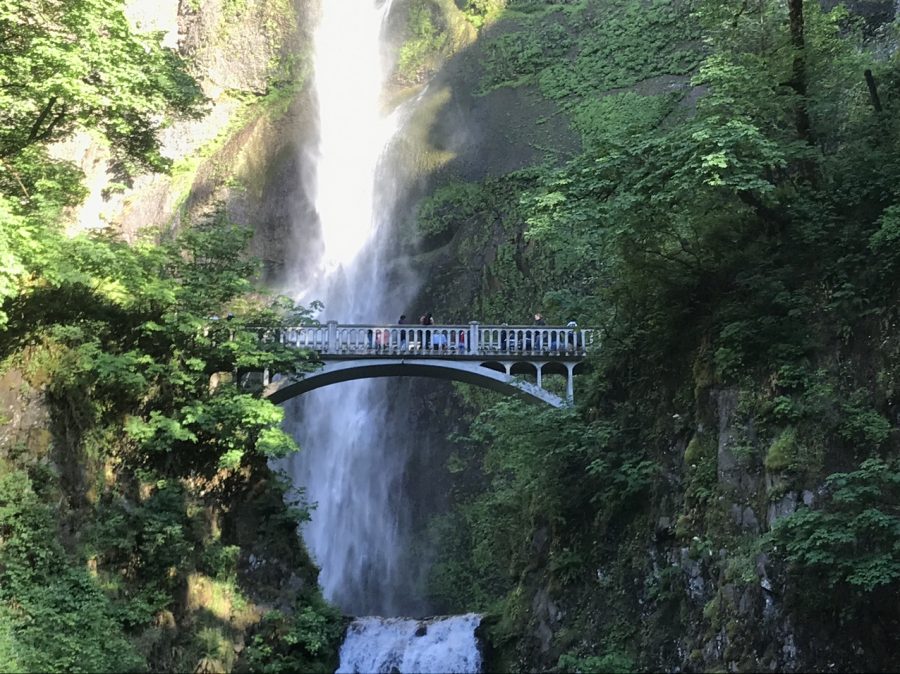This time last year, Andrea ‘Dre’ Knepper was on an epic mission to paddle solo along all 3000 miles of the West Coast of the USA from Canada to Mexico.
Unfortunately, we were in the midst of writing a new P&H website at the time, and hadn’t yet finished up its blog page; Dre’s posts, therefore, sadly got buried in our ever-overflowing inbox.
As they say, however, every cloud has a silver lining, and reminded by Dre’s current run of interviews and podcasts, we’re finally getting her posts uploaded. We’re sure, like us, you’ll enjoy the opportunity to get lost in her words and pictures, and absorbed in the story of her incredible journey. Enjoy…
I only meant to go to the bridge.

If you haven’t met me, my name is Andrea. I’ve planned a long paddle for this summer. I plan to paddle the West Coast of the Lower 48. I’ve wanted to do this for at least 15 years.
The first leg of the journey, after months of planning and dehydrating food and looking at charts, was almost over. But I stopped 40 miles away from the end of my 2100 mile drive from Chicago, where I live, to Portland where my mom lives and where a boat was waiting nearby for me. I stopped at Multnomah Falls.
I’ve been going to the Columbia River Gorge and the falls area for 45 years. This evening, I decided to make a quick stop at the end of a beautiful days’ drive.
I was just going to take a quick walk up to the bridge over the lower falls.
But then I wanted to go around the corner for the views of the Columbia. And then I wanted to go around the next hairpin for views with less obstructions. Pretty soon, I was on my way to the top of the upper falls. And I realized, hiking along in flip flops with a small cup of mocha from the snack bar and no water, that this was why I’m taking this trip this summer. Because there’s always something so beautiful to see around the next bend, the next point, at the next rest area. This world is stunning, and I like when I get to see it. Really see it.

I like long journeys. I want to know what’s next. So I stopped at Multnomah Falls to take a quick walk to the bridge, and hiked to the top. And I’ve been eye-ing the West Coast for a long paddling expedition for 15 years.
I hope I’m more prepared for this than for my flip-flop-attired hike up to the top of Multnomah Falls! The right gear is critical for this endeavor. I put a fair amount of thought into what boat I’d like to use. The boat I’ve paddled for 15 years is playful and fun, but doesn’t particularly like to go straight. I wanted something a bit more happy to go straight, while still responsive. I needed a boat that would fit me – most boats are too big for me. And I wanted a boat made by a company with a good solid record of consistently good quality boats.
I find it terrifying to ask other people to get behind my own endeavors. I run a non-profit – and hate fundraising. And the idea of asking companies in the paddling industry if they would sponsor this trip was almost enough to make me decide to use my boat that would double the mileage of this trip with all the zig-zagging it would do. But I screwed up my courage, made a brochure about what I was doing, and asked P&H if they would consider sponsoring the trip. They said yes! So I’m paddling a brand new Scorpio LV from Canada to Mexico.
It’s a long journey – and I love long journeys. I also like un-mediated immersion in nature. I was struck by this at Multnomah Falls. After a fire a couple years ago that burned a lot of trees and destabilized the soil, there are locking fences where there didn’t used to be. After a large slab of rock fell from the falls 15 years ago, the stone walls along the path by the pool have had posts and chain added so it’s quite difficult to hike around the pool or behind the falls. I was a bit sad – I have this amazing childhood memory of standing behind the falls filling up my canteen. That water tasted really good! It was in the days before we filtered our water, when there were signs warning us to stay on the path. Signs that were next to well-trod unofficial paths around and behind the falls, belying the fact that the powers that be didn’t enforce the rules.
On this journey, there are no warning signs. There are no fences. There’s no one else to tell me when and where to decide not to go. There’s no one to mediate my experience or my safety.
I don’t think it’s a bad thing that so many of our experiences of nature are mediated, controlled, regulated. The imposition of safety regulations allows folks who don’t have knowledge or experience to see incredible places. It increases access for so many people who don’t get the chance to be in nature.
I’m often the person mediating the experience for others. I impose rules that people don’t like and sometimes don’t understand. I direct Chicago Adventure Therapy – a non-profit working with under-served youth in Chicago, using outdoor sports to build skills. Creating access for them means taking responsibility for safety decisions they aren’t equipped to make.
It also means helping them learn to make those decisions for themselves. Because here’s the thing. It’s great to hike to the bridge at Multnomah Falls. It’s super-crowded with tourists from all over the world. It’s got a smooth asphalt trail to it. It’s got railings and fences and locks that don’t let you get into a place you shouldn’t be. And it’s absolutely beautiful. It takes your breath away.
It’s also incredible to have the opportunity to take long journeys in nature. Where you have every opportunity to get in trouble – and every opportunity to see what’s around the next point or to hike behind the waterfall and fill your canteen.

I’ve been dehydrating food, paddling in conditions nothing like the Pacific, figuring out what gear to use to keep myself safe. I’ve been wrapping things up at Chicago Adventure Therapy – paddling with our community at our spring retreat and at the first Midwest symposium of the season, moving our office out of my home, transferring responsibilities to my staff. I’ve picked up the boat (with help from a couple cats) and did a test pack to see if I can take a month’s worth of food at a time. The preparations are done and it’s time to start the journey. I’m hoping to fill up my canteen this summer. Because there’s no better water than the water I get to be on for four months.

